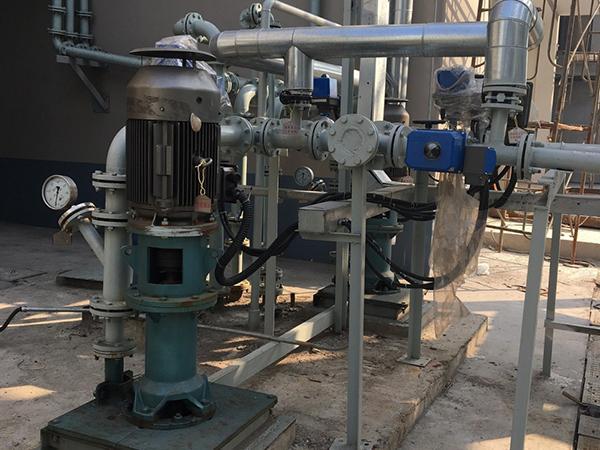English
- Afrikaans
- Albanian
- Amharic
- Arabic
- Armenian
- Azerbaijani
- Basque
- Belarusian
- Bengali
- Bosnian
- Bulgarian
- Catalan
- Cebuano
- Corsican
- Croatian
- Czech
- Danish
- Dutch
- English
- Esperanto
- Estonian
- Finnish
- French
- Frisian
- Galician
- Georgian
- German
- Greek
- Gujarati
- Haitian Creole
- hausa
- hawaiian
- Hebrew
- Hindi
- Miao
- Hungarian
- Icelandic
- igbo
- Indonesian
- irish
- Italian
- Japanese
- Javanese
- Kannada
- kazakh
- Khmer
- Rwandese
- Korean
- Kurdish
- Kyrgyz
- Lao
- Latin
- Latvian
- Lithuanian
- Luxembourgish
- Macedonian
- Malgashi
- Malay
- Malayalam
- Maltese
- Maori
- Marathi
- Mongolian
- Myanmar
- Nepali
- Norwegian
- Norwegian
- Occitan
- Pashto
- Persian
- Polish
- Portuguese
- Punjabi
- Romanian
- Russian
- Samoan
- Scottish Gaelic
- Serbian
- Sesotho
- Shona
- Sindhi
- Sinhala
- Slovak
- Slovenian
- Somali
- Spanish
- Sundanese
- Swahili
- Swedish
- Tagalog
- Tajik
- Tamil
- Tatar
- Telugu
- Thai
- Turkish
- Turkmen
- Ukrainian
- Urdu
- Uighur
- Uzbek
- Vietnamese
- Welsh
- Bantu
- Yiddish
- Yoruba
- Zulu
Telephone: +86 13120555503
Email: frank@cypump.com
Nov . 09, 2024 22:11 Back to list
Understanding the Differences Between Effluent and Sump Pumps for Wastewater Management
Understanding Effluent Pumps vs. Sump Pumps A Comprehensive Guide
When it comes to managing water issues in residential and industrial environments, two types of pumps often come into play effluent pumps and sump pumps. While they may seem similar at first glance, their applications and functions are distinct. Understanding these differences is essential for homeowners, builders, and facility managers alike to ensure optimal performance and protection against water damage.
What is an Effluent Pump?
An effluent pump is designed specifically for transporting wastewater that contains solids, though it typically handles smaller solids compared to sewage pumps. These pumps are ideal for moving effluent from septic tanks to a drain field or to a treatment facility. They are often employed in applications where raw sewage is not present, meaning they primarily deal with greywater—wastewater generated from bathrooms, kitchens, and laundry areas.
Effluent pumps typically have a higher head pressure than sump pumps, allowing them to push water through greater distances and elevations. This high-pressure capability is crucial when it comes to transferring treated wastewater away from septic systems, particularly when the installation site contains uneven terrain or requires multiple elevations.
What is a Sump Pump?
On the other hand, a sump pump is typically installed in the lowest part of a basement or crawl space and is designed to pump out accumulated water from puddles or flooding. Sump pumps generally manage clear water, meaning they are not tasked with handling waste containing solid materials. Their primary function is to prevent flooding and water damage by directing water out of the home, usually into a nearby drainage system or a storm sewer.
Sump pumps come in two primary types submersible and pedestal. Submersible sump pumps are placed within the water, while pedestal pumps sit above the pit, with a pipe leading into the sump basin. While both types serve the same purpose, the choice between them often depends on the specific requirements of the location and the volume of water that needs to be managed.
effluent vs sump pump

Key Differences Between Effluent Pumps and Sump Pumps
1. Functionality The primary difference lies in their application. Effluent pumps deal with wastewater and are suitable for moving effluent from septic systems. In contrast, sump pumps are designed to manage clear water and alleviate flooding concerns.
2. Solid Handling Capability Effluent pumps can handle small solids, usually up to 1/2 inch in size, whereas sump pumps are meant for clear water and typically do not process solid waste.
3. Pressure and Flow Rate Effluent pumps are built to handle higher pressure and can move water over longer distances compared to sump pumps. This is critical for applications involving elevated discharge points, which are common in effluent systems.
4. Installation Location Effluent pumps are often strategically placed within septic tank systems or graywater treatment setups, while sump pumps are installed in low areas prone to flooding.
Making the Right Choice
Selecting between an effluent pump and a sump pump hinges on understanding your specific water management needs. If you require a solution for wastewater handling, an effluent pump is the appropriate choice. However, if your primary concern is flooding or excess groundwater in basements, a sump pump would be more effective.
In conclusion, while both effluent and sump pumps play vital roles in water management, they are tailored to serve different purposes. Recognizing the distinct characteristics and functions of each pump type can guide homeowners and facility managers in making informed decisions regarding their water management systems. Proper selection and maintenance of these pumps are essential for lasting protection against water-related issues, ultimately safeguarding both property and health.
-
ISG Series Vertical Pipeline Pump - Chi Yuan Pumps Co., LTD.|Advanced Hydraulic Design&Energy-Efficient Solutions
NewsJul.30,2025
-
ISG Series Vertical Pipeline Pump - Chi Yuan Pumps Co., LTD.
NewsJul.30,2025
-
ISG Series Vertical Pipeline Pump - Chi Yuan Pumps Co., LTD.|energy-efficient fluid handling&industrial durability
NewsJul.30,2025
-
ISG Series Vertical Pipeline Pump - Chi Yuan Pumps | Advanced Engineering&Industrial Efficiency
NewsJul.30,2025
-
ISG Series Pipeline Pump - Chi Yuan Pumps | High Efficiency, Energy Saving
NewsJul.30,2025
-
ISG Series Vertical Pipeline Pump-Chi Yuan Pumps|High Efficiency&Reliable Performance
NewsJul.29,2025










